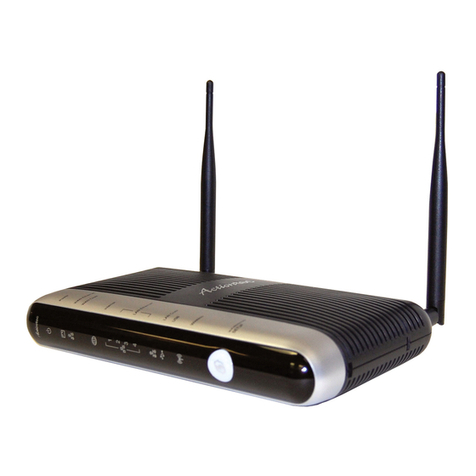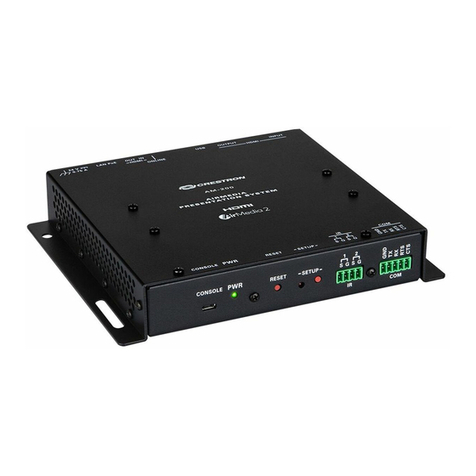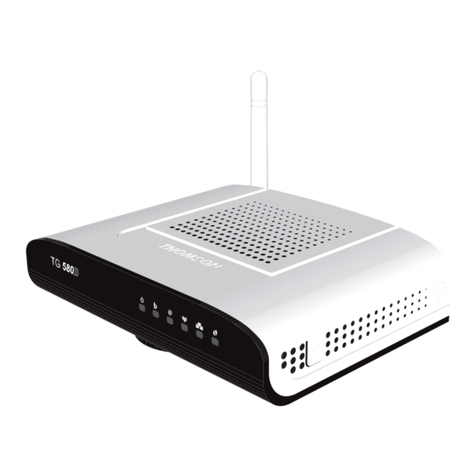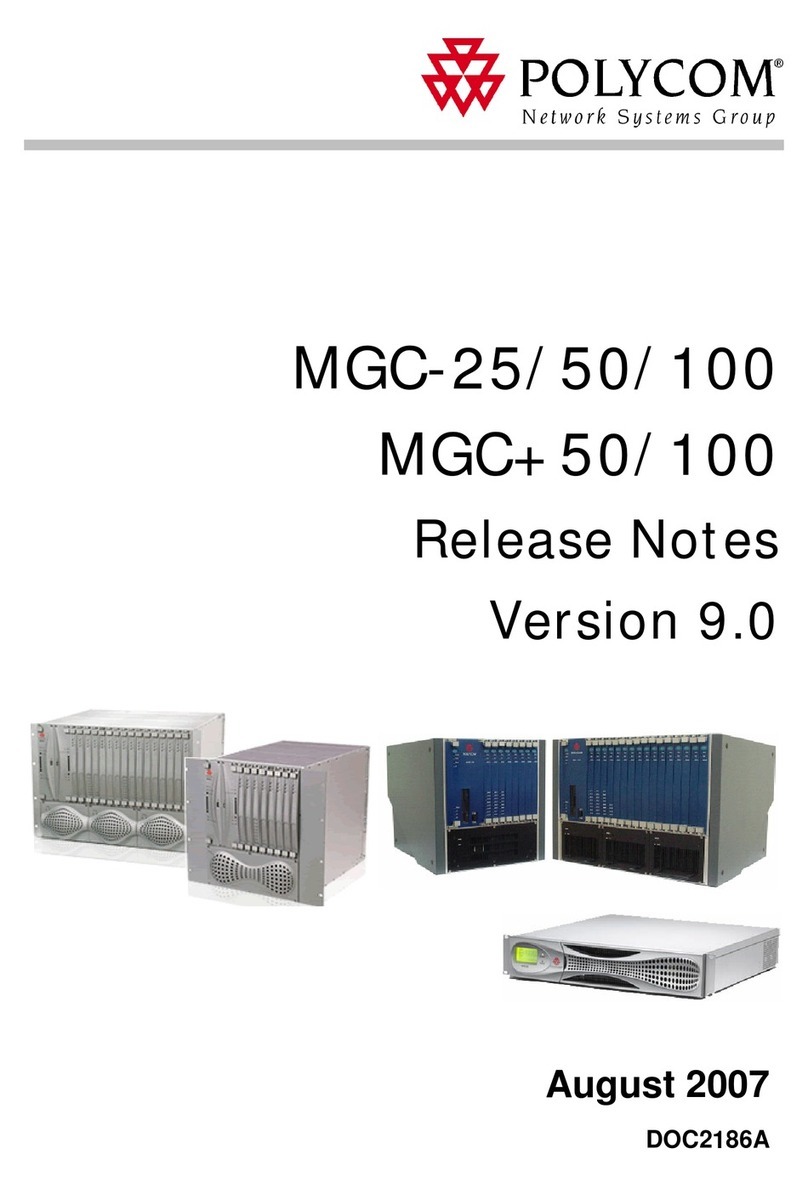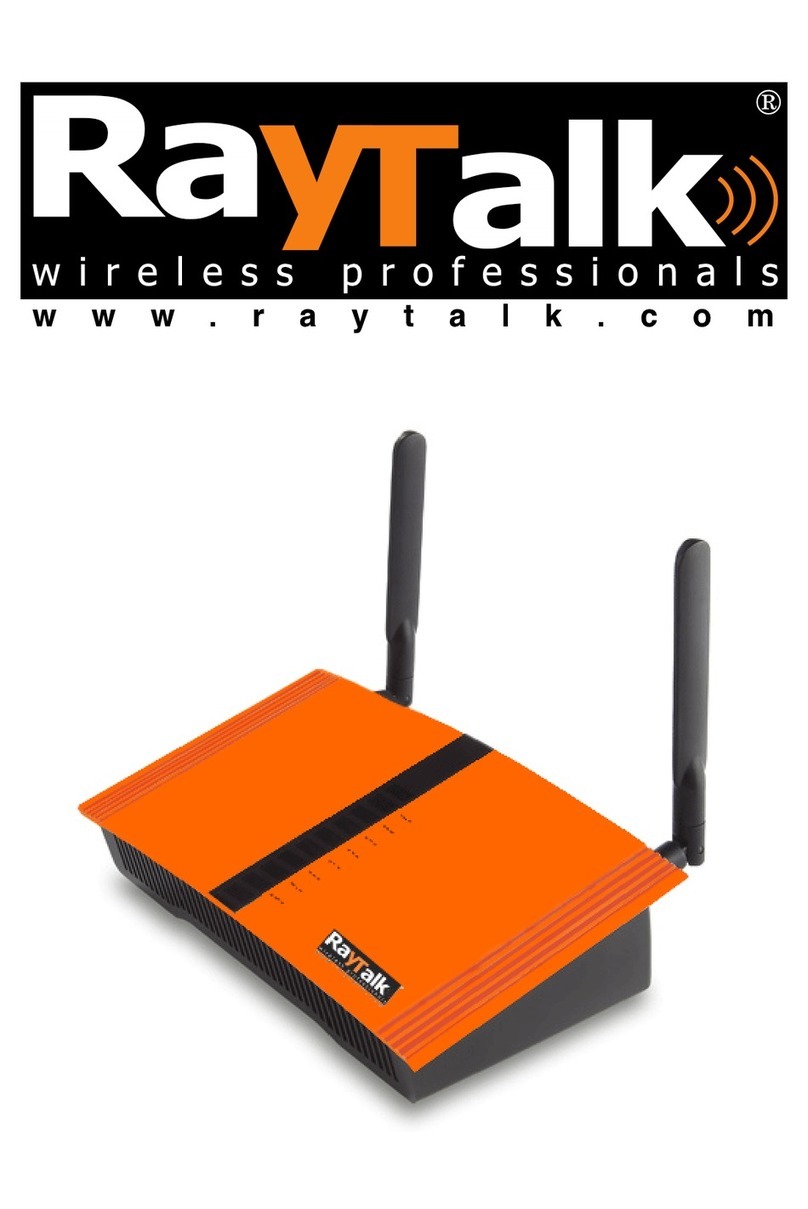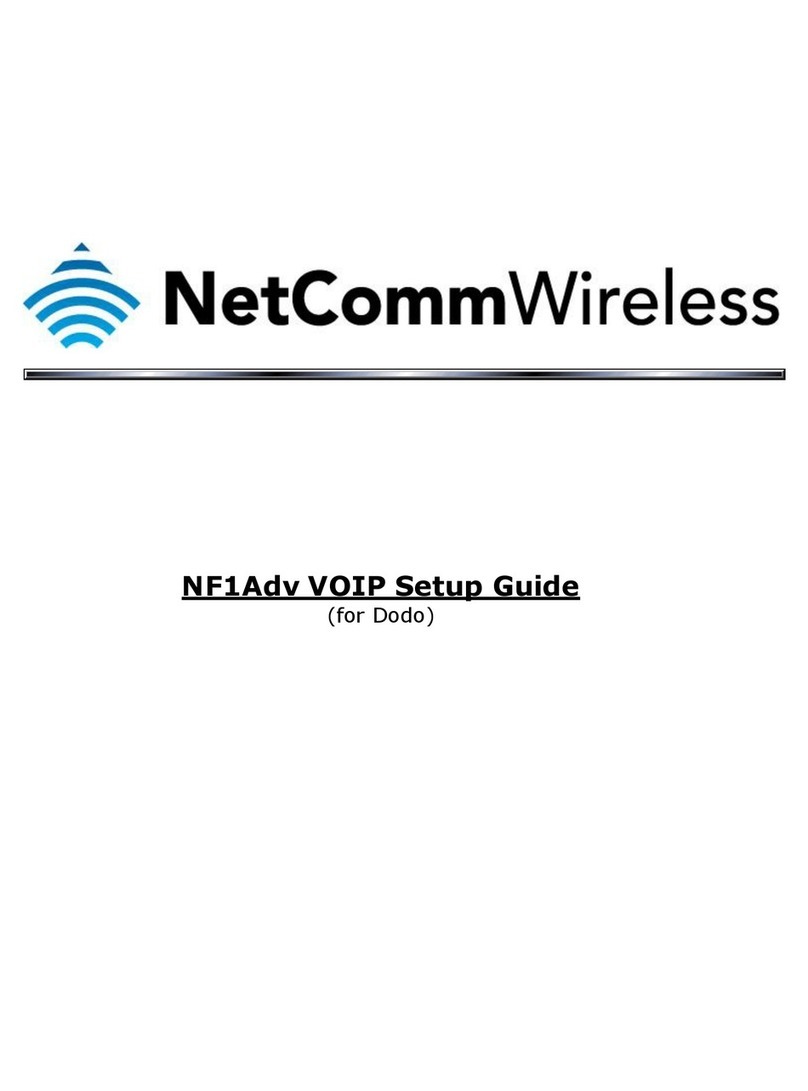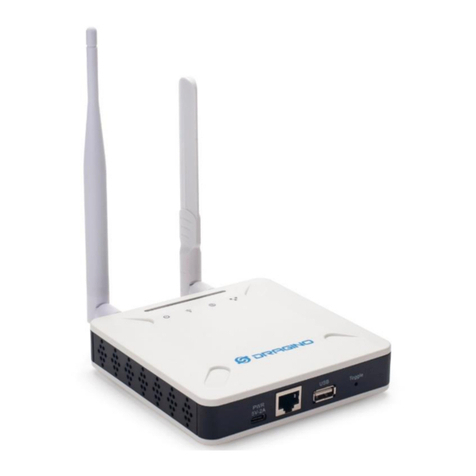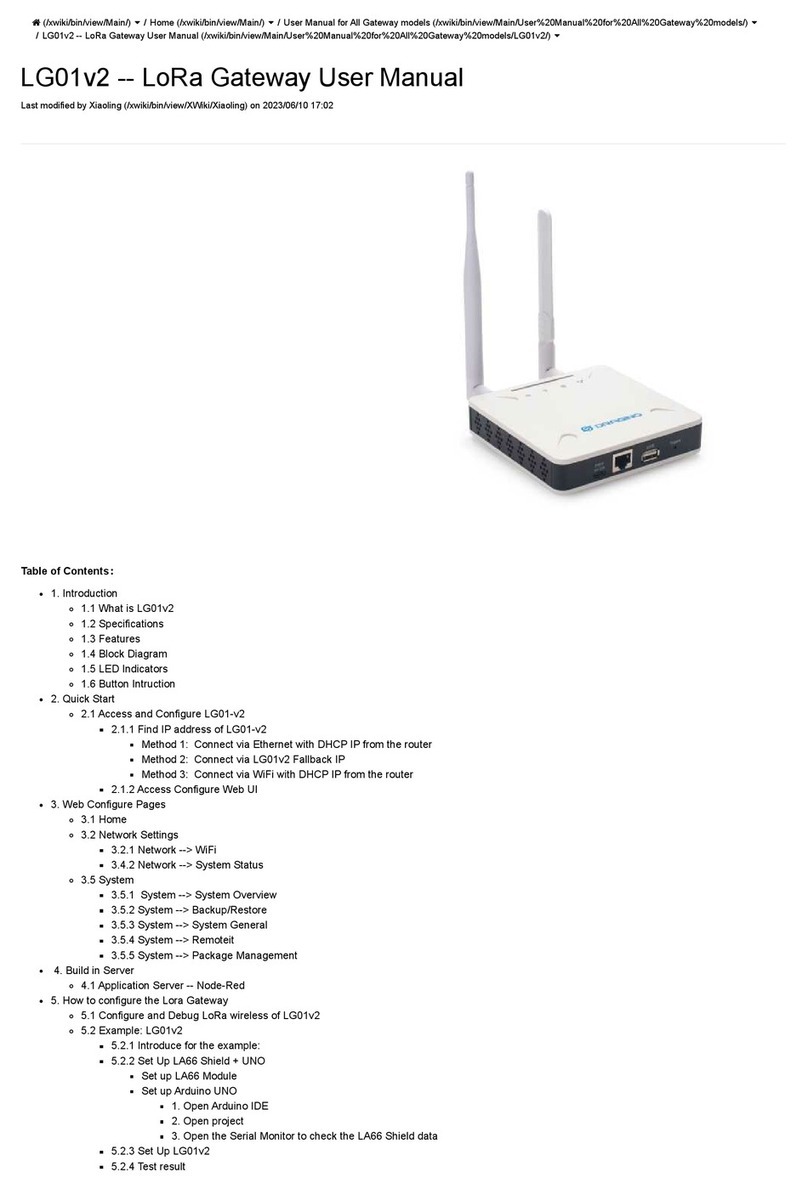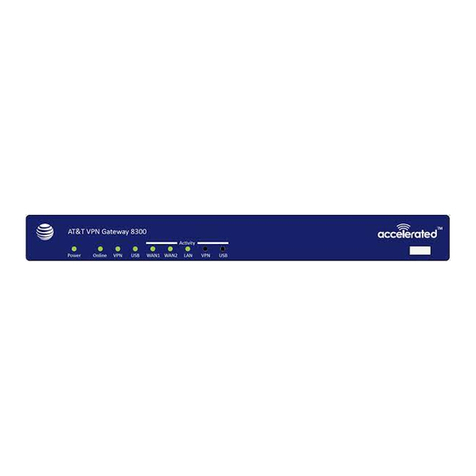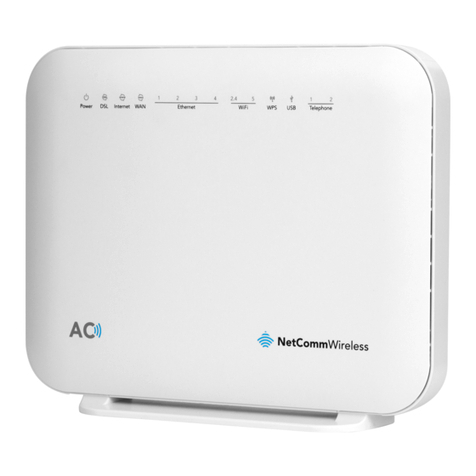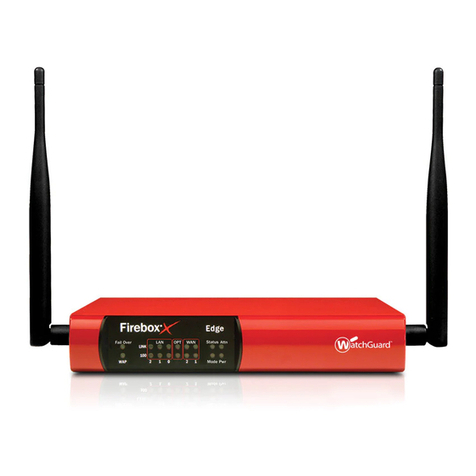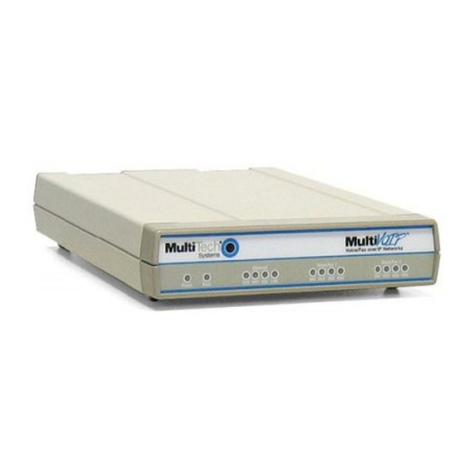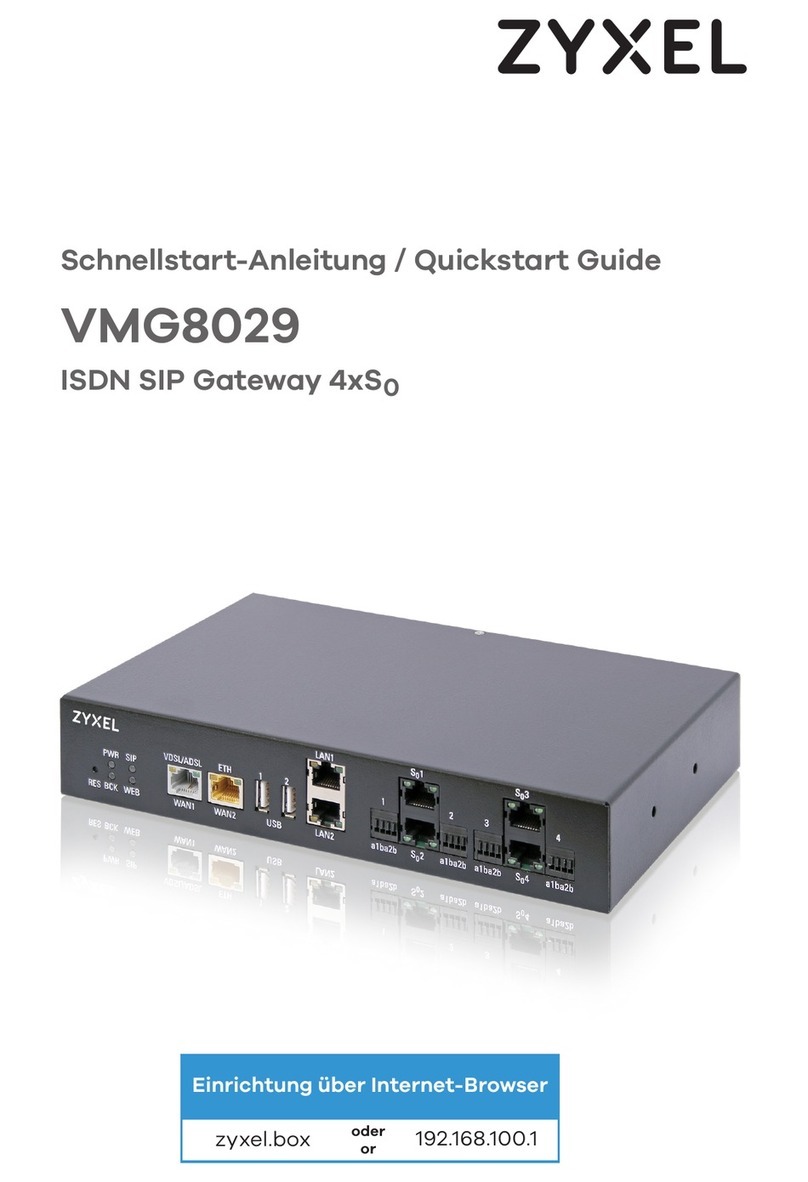FLOWCOMP GAS-NET C2 Guide

2007 Elster GmbH September 2007
DSfG Gateways C1 and C2
Series 2
Technical Documentation
Function, operation,
commissioning and maintenance

gas-net C1 and C2
Page ii
Copyright:
2007 Elster GmbH
GAS-WORKS, Z1 and FLOW COMP are German registered
trademarks of FLOW COMP Systemtechnik.
Microsoft, Windows and Windows NT are registered trademarks
of Microsoft Corporation.
Elster GmbH
Schlossstrasse 95a
D - 44357 Dortmund, Germany
Tel.: +49 - 2 31 - 93 71 10 0
Fax: +49 - 2 31 - 93 71 10 99

gas-net C1 and C2 Page iii
Contents
Safety and warning notes....................................................................................v
General Notes on the Structure of this Manual .................................................. vi
1Introduction ..............................................................................................1-1
1.1 The gas-net system idea..................................................................1-1
1.2 The gas-net DSfG gateway..............................................................1-1
2How the gas-net DSfG Gateway works....................................................2-1
2.1 Host job list (Data exchange module)...............................................2-2
2.2 DSfG job list (DSfG module) ............................................................2-2
2.3 Foreign Protocols Module (for C2 devices only)...............................2-3
2.4 Simulating a gas quality entity via DSfG
(Gas quality simulation module).......................................................2-3
2.5 Counters module..............................................................................2-4
2.6 Integrated RDT Module (for C2 devices only)..................................2-7
3Device view and design ...........................................................................3-2
4GW-GNET+..............................................................................................4-1
4.1 Creating and exporting a gas-net parameter data record:
Brief description................................................................................4-1
4.2 Importing and editing a parameterisation: Brief description..............4-3
4.3 Extras: GW-GNET+ service programs .............................................4-5
5Installation................................................................................................5-1
5.1 Mounting the gas-net C1 / C2 ..........................................................5-1
5.2 Line Connection ...............................................................................5-1
6Commissioning.........................................................................................6-1
6.1 Device Parameterisation..................................................................6-1
6.2 Commissioning of the Gateway........................................................6-1
6.3 Commissioning the Integrated RDT .................................................6-2
7Maintenance.............................................................................................7-1

gas-net C1 and C2
Page iv
7.1 Battery Replacement .......................................................................7-1
8Technical data: gas-net C1 and C2 .........................................................8-1
9Annex.......................................................................................................9-1
9.1 Host protocols..................................................................................9-1
10 Bibliography...........................................................................................10-1
11 Index......................................................................................................11-1

gas-net C1 and C2 Page v
Safety and warning notes
Attention! The following safety and warning notes must be
observed:
The gas-net C1 and C2 devices must neither be stored at temperatures
below -20°C nor above +50°C.
A temperature between 0°C and +40°C must be guaranteed during
operation.
The gas-net C1 and C2 devices must be installed outside ex-zone 2.
The power supply of the gas-net devices is 24 V DC and must be
secured externally by 1 A.
The earthing is connected to PE of the power supply socket for
equipotential bonding.
Observe the regulations of the relevant standards, in particular the
regulations of DIN EN 50014, DIN EN 50020 and DIN EN 50039.
!

gas-net C1 and C2
Page vi
General Notes on the Structure of this Manual
The documentation on hand describes the gas-net C1 and C2 DSfG Gateways.
As the description holds mostly for both devices, C1 and C2, we refer generally
to the device 'gas-net DSfG gateway'.
In short, the functional differences between C1 and C2 are the following:
The C2 device is available in a mounting width of 1/3 and 1/2 (the C1 has a
mounting width of 1/6) and is therefore able to provide more communication
interfaces. (Several additional foreign digital protocols are supported as
well.)
The C2 supports the functionality Integrated RDT for establishing a data
connection between the gas-net device and a remote center. This function-
ality uses the public switched telephone network or GSM wireless network,
a serial direct connection, or TCP.
If a functionality is not available for the gas-net C1, it will be explicitly stated in
the text.

Introduction 1
gas-net C1 and C2 Page 1-1
1 Introduction
1.1 The gas-net system idea
is the generic term for a whole device family. All gas-net devices,
including future device types, stand out due to a uniform
appearance, operation and parameterisation.
The FLOW COMP devices, each by itself, always cover a multitude of measure-
ment and control functionalities.
gas-net devices also provide this functional variety. To keep the operation and
parameterisation of the devices well structured and user-friendly, the gas-net
series is based on a modular concept. A module corresponds to a specific func-
tionality, and to each module belongs a group of settings within the parameter
data record. The DSfG gateway gas-net C1, for instance, includes the modules
System, DSfG, Data exchange, Counters, and Gas quality simulation.
A particular module can be employed in different device types. This yields a
modular system that is advantageous to the user as a particular module can
always be operated and parameterised in the same way, no matter in which
device type it has been installed.
1.2 The gas-net DSfG gateway
The DSfG protocol is a digital data protocol, especially developed for the com-
munication between gas metering devices in gas measuring and regulating
stations. However, such gas measuring and regulating stations often also con-
tain a PLC (programmable controller), the tasks of which comprise the open-
and closed-loop control of the station and telecontrol interfacing to a telecontrol
centre. Most of the PLCs are not DSfG-capable but use other digital communi-
cation protocols1. Consequently, they cannot be simply included in the DSfG
bus.
The gas-net DSfG gateway solves this problem: This device is connected to the
DSfG bus on the one side and on the other via a digital connection to the PLC
called host in the following.
1Typical protocols are, for instance, 3964R/RK512 (e.g. in case of Siemens S5/S7) or
Modbus-RTU (e.g. in case of Cegelec Modicon).

1Introduction
gas-net C1 and C2
Page 1-2
Data logging
Correction
Correction
Host
DSfG
bus
DSfG
Gateway
digital
connection Telecontrol line
Telecontrol centre
Typical system structure with an integrated gas-net C1 DSfG gateway
In summary, the gas-net DSfG gateway accomplishes the following tasks:
Cyclic or event-driven data polling at DSfG stations. Conversion of this data
into the host protocol, and its transmission to the host computer.
Cyclic or event-driven data polling at the host computer. Conversion of this
data into the DSfG protocol, and its transmission to DSfG stations.
Simulation of a gas quality entity towards the DSfG bus using gas quality
data provided by the host.

Method of operation 2
gas-net C1 and C2 Page 2-1
2 How the gas-net DSfG Gateway works
The illustration below shall explain how the gas-net DSfG Gateway works in
principle. The comprehension of the way the gas-net gateway works is essential
for the following description of the device operation and parameterisation.
DSfG
Bus DSfG
Gateway
Host
Transfer
memory,
Calculations
Import values
Export values
DSfG job list
Export values
Import values
Host job list
Structure of a gas-net C1 DSfG Gateway
The gas-net gateway cyclically executes a job list for the DSfG side and one for
the host side, one independent of the other. The results of import jobs are al-
ways stored as data points in a transfer memory, whereas export jobs always
take their data points from the transfer memory that has been filled before. The
job lists themselves are generated by a PC during commissioning and para-
meterised in the gateway.
To a limited extent, the gas-net DSfG Gateway can also calculate with the data
points of the transfer memory. This function will be described in the following
chapters, too.

2 Method of operation
gas-net C1 and C2
Page 2-2
2.1 Host job list (Data exchange module)
The job list of the host describes all data flows to be processed between host
and gas-net DSfG Gateway. The system distinguishes between the flow direc-
tion to the host (data export) and the flow direction from the host (data import).
The data transport in the direction to the host is processed cyclically. If a new
value arrives from the DSfG side, the associated export value will be updated. In
addition to the specification of the destination in the host, the description of the
export value also defines the way of positioning the data point in the host (e.g.
size, scaling, limits, bit position).
A particular import value describes for the reverse data flow direction from which
position in the host a data point shall be collected and in which way it shall be
converted. It can be parameterised whether the transmission to the DSfG side
shall be performed cyclically or event-driven.
Any number of import values from the host can be combined to a job group. All
data points of a job group are always put into the transfer memory altogether
and simultaneously, but only after all of them have been collected again once
more. Moreover, a job group may be linked with a trigger. A trigger is a defined
position within the host. It initiates a new processing of a job when its content
has changed.
2.2 DSfG job list (DSfG module)
The DSfG job list describes all data flows to be processed between the DSfG
stations and gas-net DSfG Gateway. The system distinguishes between the flow
direction to DSfG stations (export values) and the flow direction from DSfG sta-
tions (import values).
A particular import value for a DSfG station describes the DSfG data element
that shall be collected and put into the transfer memory. For this, any numerical
data element provided by the addressed station can be addressed, without
exception.
Several import values of one and the same DSfG station are combined to a job
group, a so-called query telegram. All data elements of a query telegram are
collected via DSfG queries and thus always put into the transfer memory al-
together and simultaneously. DSfG import groups also comply with some spe-
cial features of the DSfG regulations relating to the telegram traffic. For in-
stance, it is possible to process query telegrams either cyclically or upon the

Method of operation 2
gas-net C1 and C2 Page 2-3
arrival of an attention telegram2. You can also collect the most recent entry of a
standard query3. Finally, the processing of each individual query telegram can
be blocked. This function is useful if the associated DSfG station is temporarily
not in operation.
2.3 Foreign Protocols Module (for C2 devices only)
The Foreign Protocols module is incorporated in the C2 software only and fa-
cilitates the connection of several manufacturer-specific protocols (e.g. the Uni-
form protocol).
This functionality is intended for special applications; please contact Elster for
further information.
2.4 Simulating a gas quality entity via DSfG
(Gas quality simulation module)
The simulation of the gas quality data is a very special function of the gas-net
DSfG Gateway. The DSfG regulations stipulate a specific process that
announces the existence of a new gas quality analysis across DSfG and dis-
tributes this analysis to all stations interested in it. However, if there is no gas
quality analyser incorporated in the gas measuring and regulating station, and
the gas quality data is injected via the telecontrol system, the gateway may
inject this remotely provided gas quality data in the DSfG bus as if it were a gas
2According to the DSfG specifications the DSfG entities may generate attention telegrams
in case of special events. These attention telegrams are routed to all devices on the bus
as multi-address message.
3A DSfG standard query serves to collect several coherent dates of a DSfG station at
once by querying with a single data element. For instance, via the “bia” data element you
address the standard query 1 of a volume corrector entity. The response to this query
supplies all current totalizers and important measurements. Other standard queries are
updated upon certain events. The standard query 2 (“bib”) for a volume corrector, for
example, is always updated at the end of an interval or at the beginning and end of
alarms. Each time such a data record is logged the ordinal number increases by one.
When polling via an ordinal number, such standard queries always supply exactly the data
record that belongs to the indicated ordinal number. The information on the highest ordinal
number ("level indicator") is also available via a DSfG data element. This way, you are in
the position to collect the most recent entry of a standard query via DSfG.

2 Method of operation
gas-net C1 and C2
Page 2-4
quality analyser itself. Thus, a gas quality analyser is being simulated for the
DSfG entities interested in gas quality data (e.g. for volume correctors). It pro-
vides a new analysis each time an analysis is supplied via the host.
2.5 Counters module
The M1’s counting function may file counters for different physical values, com-
prising Counters and Totalizing counters. The created count values are avail-
able across the system and thus can, for instance, be logged, output and in
particular queried via DSfG.
2.5.1 Counters and Conversion Factors
The so-called Counters create a totalizer based on an input value consisting of
either a count value or a flow rate. This input value may either be supplied by a
transmitter directly connected to the device (e.g. a gas meter with encoder to-
talizer, Q.Sonic or FLOWSIC ultrasonic gas meter or a meter with a pulse inter-
face) or come in via a digital protocol from an external source (e.g. via DSfG or
MODBUS).
If the incoming count value (possibly determined based on the flow rate) is a
volume, it can be multiplied by a conversion factor to create the counter. This
way a counter for the base volume, energy or mass can be created based on an
input of the volume at operating conditions. A base volume input can be used for
creating an energy or mass totalizer.
To define or calculate the factor, a so-called conversion factor is assigned to the
counter. The definition of such a conversion factor comprises the following
specifications:
-Hs and Rho as constants
-k-ratio calculation method k=const or SGERG-88 or no correction (if the
totalizer input value already is the base volume)
-Pressure and temperature inputs (consideration of online values for the
calculation of the compression factor Z)
Up to 5 conversion factors can be parameterized, each of which may be as-
signed to different counters at the same time.

Method of operation 2
gas-net C1 and C2 Page 2-5
The following table shows useful combinations for counters being weighted with
a conversion factor:
Input value Target
value Factor for counter k-ratio calculation
method
V or Q V *Z k=const or SGERG
E *Z *Hs k=const or SGERG
m *Z *Rho k=const or SGERG
V or Q E *Hs no correction
m *Rho no correction
A counter is considered being disturbed in one of the following cases:
-The optional related message input Disturbance information has been set.
-The input value for the creation of the counter is disturbed (protocol timeout,
cable break, etc.)
-A coefficient is disturbed (e.g. the pressure input value of a parameterized
conversion factor)
If the totalizer is transferred digitally, it is possible to either transfer the original
totalizer or to create an own counter. Totalizers/counters being created by the
device itself can be set via the data interface by means of the GW-GNET+ soft-
ware during an online connection. The setting of totalizers is subject to the user
lock (numeric code).
The Counters module is able to file up to 100 counters.
2.5.2 Counters - Intercalating Totalizers
If an input totalizer comes in via a digital protocol only at regular intervals, the
option Intercalate totalizer is available to achieve that the counter increases
continuously and not suddenly.
Based on the input values the Intercalate totalizer functionality creates a count
value, which is updated continuously. This updating is based on the change of
the incoming count value during the previous time interval and can thus not start
unless valid count values permitting a calculation of the average change have
arrived two times in a row.
This calculated average change per time interval is continuously added to the
internally created totalizer. As soon as the next totalizer arrives, the change rate
is calculated anew, thus achieving that the difference in case of deviations be-
tween the created totalizer and the original totalizer is compensated over the

2 Method of operation
gas-net C1 and C2
Page 2-6
course of time. The original totalizer is thus not just automatically transferred to
the created totalizer. This is important because a possible running backwards of
the intercalated totalizer must be prevented.
An intercalated totalizer will fluctuate around the original totalizer when the flow
rates are changing. In principle, this totalizer can only represent an approximate
value, which is the more precise the lower the flow rate fluctuations are and the
more often a new intercalation value comes in.
The procedure is only started anew if an error occurs, such as a mains failure,
an error of the totalizer input value or an exceeding of the parameterizable
communication timeout. As soon as the error is no longer pending, the newly
supplied totalizer will be transferred to the intercalated totalizer and the creation
of the intercalated totalizer will be restarted.
There is a special procedure for recognizing the setting of a totalizer: A maxi-
mum flow rate Qmax is parameterized that must not be exceeded. An implausi-
ble totalizer increment violating the defined maximum flow rate is interpreted as
“setting”. In such a case, too, the new totalizer will be immediately transferred to
the intercalated totalizer and the creation of the intercalated totalizer will be
started anew.
Furthermore, the intercalation of the intercalated counters is stopped below a
flow rate of 1/10 of the maximum flow rate. In such a case only the totalizers
being supplied via the protocol will be transferred to the intercalated totalizer.
This prevents that the intercalated totalizer reading is higher than the original
totalizer when the station is shut.
2.5.3 Totalizing Counters
A totalizing counter totalizes up to 10 counters and creates a total count value.
Each of the involved counters may be included in the totalizing counter with a
positive or negative sign. If all involved counters have a flow rate input value, a
total flow rate is additionally created.
A totalizing counter is considered being disturbed if at least one of the involved
counters is disturbed.
If a counter with a negative sign influences a totalizing counter, the overall result
should always be positive. Nevertheless, it may happen from time to time that, in
terms of figures, a negative total increment occurs – for instance, in case of
pulse inputs with different input types (HF, LF). A totalizing counter never counts
backwards. An internal buffer retains negative quantities instead. The retained

Method of operation 2
gas-net C1 and C2 Page 2-7
negative quantities will be subtracted as soon as the total increment is positive
again.
The negative quantities can be deleted with a menu command. In addition,
accumulated negative quantities of a totalizing counter are always deleted when
the counter changes from the disturbed to the undisturbed status.
A total flow rate is always positive; if a negative value is determined in terms of
figures, the total flow rate is set to 0.
Total flow rate and total count value are available as values across the system;
therefore, they can in particular be logged and output.
Totalizing counters can be set via the data interface using the GW-GNET+ soft-
ware during an online connection. Possibly retained negative quantities are
deleted when a totalizing counter is set. The setting of a counter is subject to the
user lock (numeric code).
The Counters module can file up to 20 totalizing counters.
2.6 Integrated RDT Module (for C2 devices only)
The Integrated RDT (Remote Data Transmission) module implements the data
connection between the gas-net device and a remote center. The center
accesses the data traffic as a logical equal-access station via the integrated
RDT during an established data connection. The data transmission is imple-
mented according to DSfG specifications by means of a Class B DSfG interface.
If the device is equipped with a DSfG interface, further devices may be con-
nected via this interface. If such a local DSfG bus exists, the connection to the
center not only refers to the communication with the entities inside the device
but with the entire local DSfG bus traffic. With respect to data communications,
the RDT integrated in the device thus completely replaces an independent DSfG
RDT as other devices connected via DSfG may also use it.
The parameterization of the gas-net device assigns an own bus address
(EADR) to the internal Center via RDT entity4.
The data connection may use one of the following transmission media:
4According to DSfG terminology an Entity is an enclosed functionality within a device. One
single entity is not necessarily identical with an enclosed device, as a device may contain
different entities with their own DSfG bus addresses.

2 Method of operation
gas-net C1 and C2
Page 2-8
1) Public switched telephone network or GSM wireless network (hardware
requirements: modem, COM2 interface)
2) Serial direct connection (hardware requirements: null-modem cable, COM2
interface)
3) TCP (hardware requirements: computer network, TCP/IP interface)
Independent of the data transmission type, the data connection established by
the integrated RDT offers multiple diagnostic and information gathering possi-
bilities.
For example, it is possible to poll archive data from a remote location. However,
the RDT may also be parameterized in such a way that a special event (e.g. a
correction alarm) will trigger a call at the center. This works as follows: Accord-
ing to the DSfG Specification, the entities generate Attention telegrams that are
forwarded to all other stations in form of a multi-address message in case of
special events. It is possible to separately define for each station that the center
will be informed spontaneously in case of particular generated telegram types5.
5Each DSfG telegram contains a character for the telegram type (TTY). The telegram type
identifiers of the currently valid attention telegram types are the following:
Telegram type TTY
Bus alarm B
Freeze request F
Hint H
End of billing period I
Alarm L
New measurement M
Parameter change P
Warning W
Make-specific meaning Y
Timesynch telegram Z

Method of operation 2
gas-net C1 and C2 Page 2-9
Re 1) Data connection via modem and telephone line or GSM wireless network
The data connection usually uses either the public or the company telephone
network. If a system is not connected to a line-bound telephone network, a con-
nection can be implemented via the GSM wireless network.
An external modem is connected to the COM2 interface of the gas-net device
for connection to the respective telephone network.
In order to check the access authorization of the center, the integrated RDT
manages the bus address, bus identifier and password of the center (Center
identifier). A login procedure is carried out during a call connection. If errors
occur during this procedure, each side is authorized to interrupt the connection
by ‘hanging up’ for in this case a faulty connection or an unauthorized access
can be assumed.
The remote center, however, is only linked via the integrated RDT during an
established telephone connection. If the transmission of attention telegrams has
been parameterized, the center will be spontaneously called and informed. For
this, the integrated RDT has to know the center’s telephone number.
Furthermore, it is possible to synchronize the internal device time via the inte-
grated RDT if there is a server reachable by telephone and providing the time
via telephone in accordance with a defined protocol. Should you be interested,
please consult Elster-Instromet systems to clarify the usability of this functional-
ity in your case.
Re 2) Serial direct connection (null-modem cable)
In case of a serial direct connection the RDT assumes a continuous connection,
i.e. a leased-line operation. The interface hardware is connected by a three-core
null-modem cable; control lines are therefore not supported. The RDT is always
online, so there is no connection set-up, no login procedure, and no connection
tear-down. Telegrams to DSfG Class B may arrive at the RDT at any time and
are processed there accordingly, i.e. they are answered by internal bus stations
or routed to the local DSfG bus. Attention telegrams from local entities are
spontaneously sent by the RDT via the leased line to the center directly after
their creation.
This operating mode is thus intended for applications for which a continuously
established serial direct connection is guaranteed.

2 Method of operation
gas-net C1 and C2
Page 2-10
Re 3) TCP (computer network)
The TCP connection type is intended for applications which use a TCP/IP net-
work for the transmission of DSfG data. The easiest way is to imagine this oper-
ating mode without the modems and telephone network and with an IP network
instead. Only the hardware is exchanged and telephone numbers are replaced
by IP addresses. The connection remains being a dial-up network (between any
IP address of the network and the IP address of the RDT). Like in case of the
telephone dial-up network the connection set-up may be initiated by the center
or local RDT.
In addition to the IP addresses of RDT and center, the values for the subnet
mask and gateway usually used in the IP world and the port to be used for the
transmission are special parameters of the TCP connection.
In case of this operating mode the preferred service for time synchronization
would be NTP, which is a common network service.
A center that also supports DSfG queries via TCP/IP network is required for this
operating mode; e.g. GW-Remote+.
The use of the TCP/IP network is advantageous for applications provided with a
nearby IP network. In this case modem and telephone network can be saved.

3 Device view and design
gas-net C1 and C2
Page 3-1
3 Device view and design
The housing of the gas-net C1 is designed as slide-in unit for a 19”-frame with a
width of 1/6, the gas-net C2 device has a mounting width of 1/3 or 1/2.
The front panel of the device contains the following operating and display
elements:
8 LEDs for status indication.
One pushbutton for triggering a general polling.
One user switch protecting particular parameters from being changed when
it is in the closed position. You can only export an entire parameterisation
data record into the device if the user switch is open (cf. Chapter 4.1).
The DSS data interface for the connection of a PC or laptop for servicing pur-
poses.
The following illustration shows, as an example, the front view of a gas-net C1
(narrow design with a mounting width of 1/6):
Data interface
DSS Pushbutton for
triggering
general pollings
User switch.
Close the user switch
by turning it clock-
wise as far as it will
go.
Status LEDs:
Master glows if the C1 is the bus master on
the DSfG bus.
Polling Fault indicates that the DSfG station
list has changed.
Transmission, Reception signal data
communications with the DSfG bus.
Host Fault blinks if the communication with
the host is disturbed.
Data to Host / Data from Host signal data
communications with the host.
Status: The status LED glows green when
the device operates normally.

Device view and design 3
gas-net C1 and C2 Page 3-2
In addition to the 24 VDC mains connection up to two of the following interfaces
are located on the back of the device:
DSfG interface
COM2 interface: serial interface according to RS232. Intended for connect-
ing the modem for the integrated RDT (supported by C2 devices only).
Alternatively suitable for connecting proprietary protocols (Modbus RTU,
Modbus ASCII, RK512 or 3964R)
TCP/IP for integration in a standard network installation (for data exchange
via Modbus TCP or time synchronization via NTP)
Additionally, the C1 provides a slot for a gas-net process board (typically, a
serial process board MSER2 is installed here). A gas-net C2 device with a
mounting width of 1/3 accommodates up to four process boards.
The illustration below shows a typical rear view of a C2 device with a mounting
width of 1/3.
Free board locations for gas-net process
boards with suitable lettering panel
MSER2 serial process boards
24VDC in
p
ut volta
g
e
COM2 or TCP/IP
interface
(optional)
DSfG or COM2
interface (optional)
This manual suits for next models
2
Table of contents
